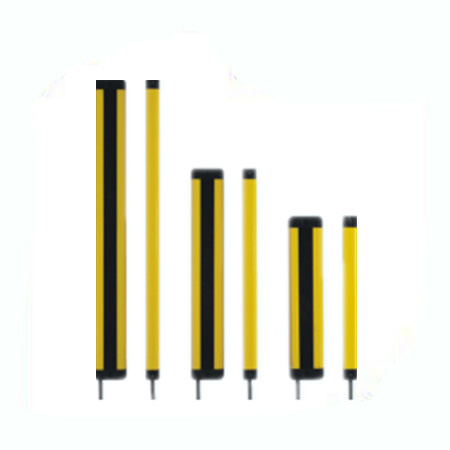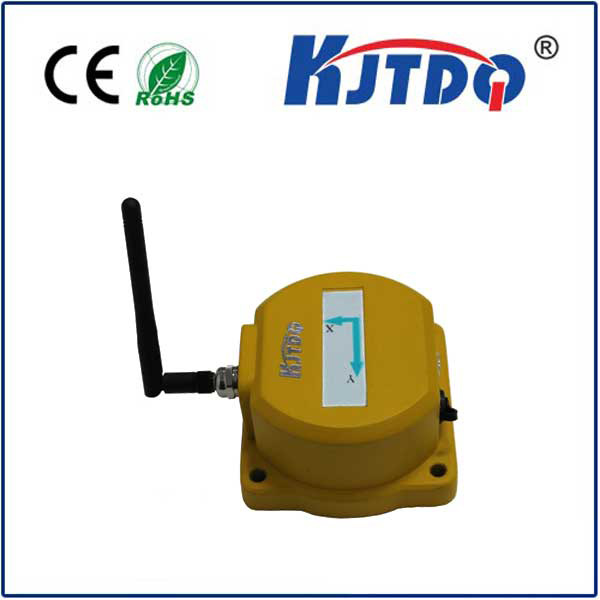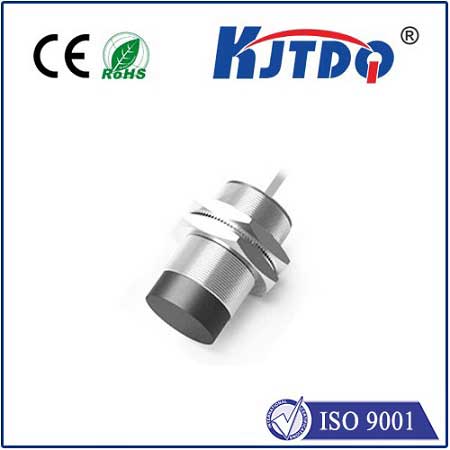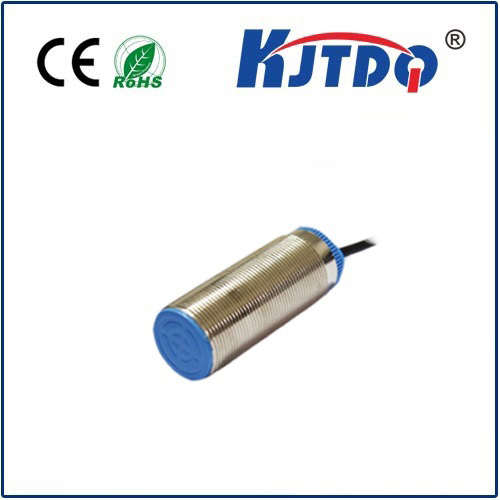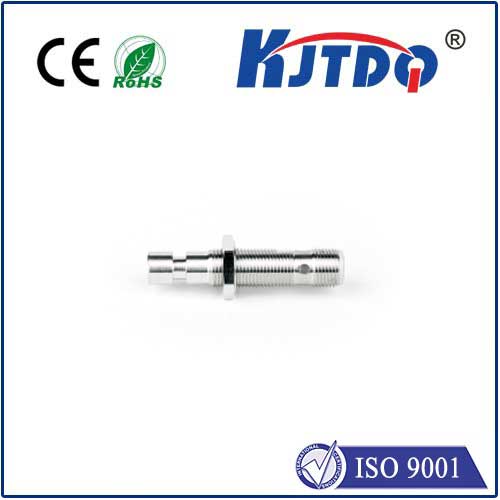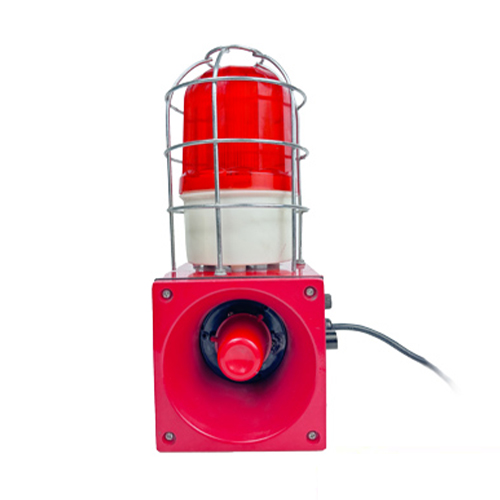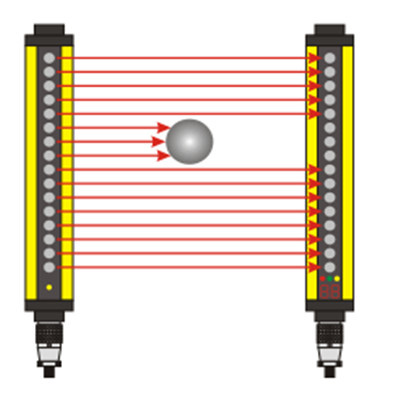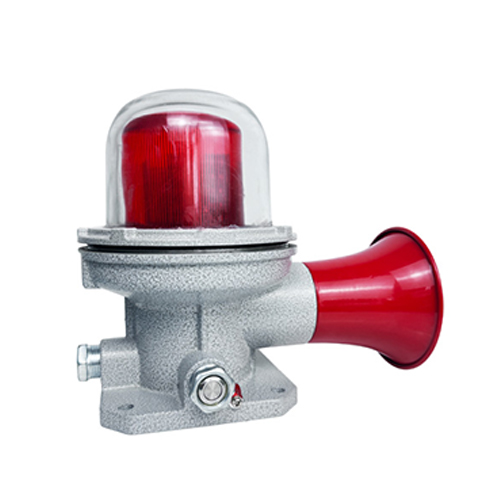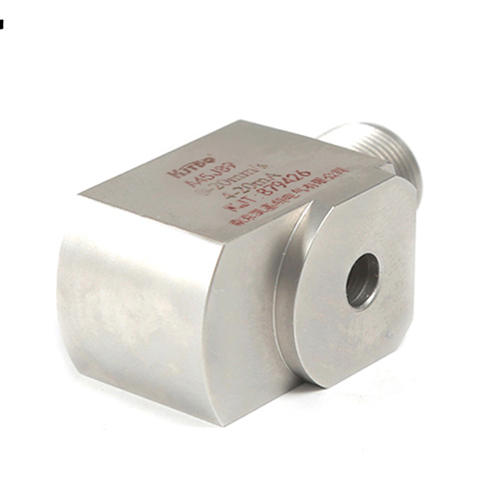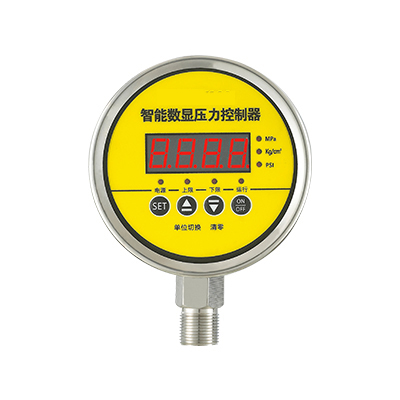

check

check

check

check

check

check

check

check

check

check
Laser Displacement: A Revolutionary Technology Changing the Way We Measure
Laser displacement technology has emerged as a game-changer in the field of measurement and precision. This innovative technology is revolutionizing the way we measure distances, positions, and movements by providing accurate and reliable results in real-time. In this article, we will explore the basics of laser displacement, its applications, and its impact on various industries.
What is Laser Displacement?
Laser displacement refers to the use of a laser beam to measure the distance or position of an object. The laser beam is directed at the object, and the reflected light is detected by a sensor. The time taken for the light to travel from the source to the object and back to the sensor is used to calculate the distance or position of the object. This technology offers high precision, fast response times, and non-contact measurement, making it ideal for a wide range of applications.
Applications of Laser Displacement

Laser displacement technology has found numerous applications across various industries, including manufacturing, construction, automotive, aerospace, and robotics. Here are some examples of how laser displacement is being used today:
1. Manufacturing: Laser displacement is used in quality control processes to ensure that parts meet specifications. It can also be used to monitor machine tools and equipment, ensuring they are operating correctly.
2. Construction: Laser displacement is used to measure distances and heights accurately, helping to ensure that structures are built to the correct specifications. It can also be used to monitor the movement of buildings and infrastructure over time.
3. Automotive: Laser displacement is used in vehicle assembly lines to ensure that components are correctly aligned and mounted. It can also be used to measure the wear and tear on vehicle parts over time.
4. Aerospace: Laser displacement is used in aircraft manufacturing to ensure that components are accurately positioned and assembled. It can also be used to monitor the health of aircraft structures over time.
5. Robotics: Laser displacement is used in robotic systems to provide accurate positioning and navigation capabilities. It allows robots to interact with their environment effectively and perform complex tasks with precision.
Impact of Laser Displacement Technology
The impact of laser displacement technology on various industries cannot be overstated. This technology has improved accuracy and efficiency while reducing costs associated with traditional measurement methods. By providing real-time data, laser displacement enables faster decision-making and helps prevent errors before they occur. Additionally, its non-contact nature makes it ideal for measuring delicate or sensitive materials without causing damage or contamination.
In conclusion, laser displacement technology has revolutionized the way we measure distances, positions, and movements. Its accuracy, speed, and flexibility make it an essential tool for various industries, from manufacturing to aerospace. As this technology continues to evolve, we can expect even more innovative applications that will further improve our ability to measure and understand the world around us.
